Liquid Lead Test or Fake: A Scientific and Practical Analysis
The liquid lead test using UV fluorescence is a legitimate method to detect lead presence, but questions about its cost, accuracy, and interpretation remain. It functions through a chemical reaction involving methylammonium bromide in isopropyl alcohol that fluoresces under UV light in the presence of lead. However, the presence of fluorescence does not guarantee danger or exclusive lead detection, and alternative testing methods must be considered.
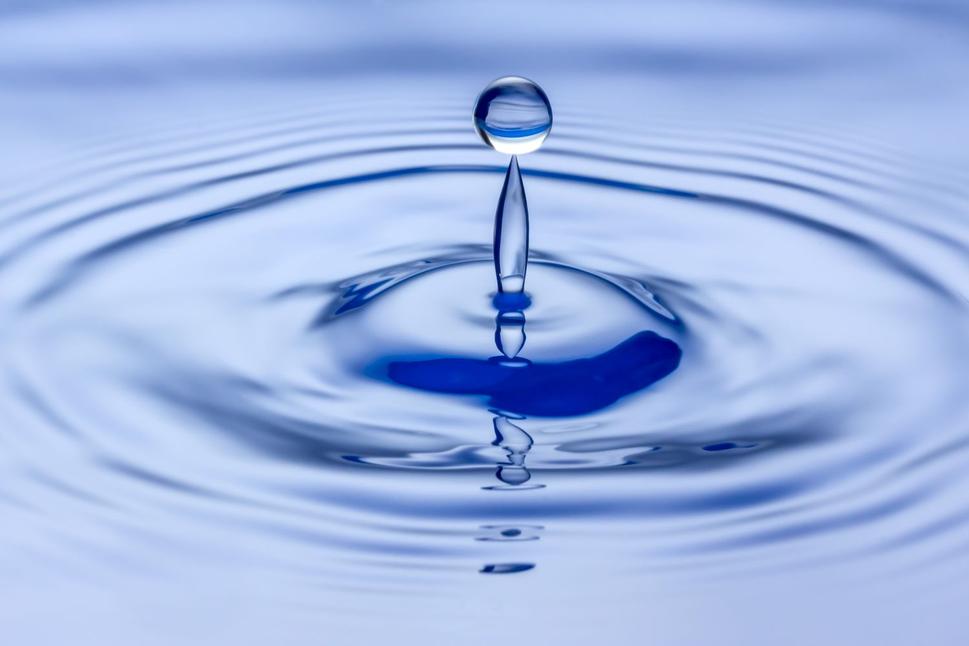
1. Introduction and Overview
Liquid lead tests have gained attention for their apparent simplicity and rapid lead detection using UV light. Although widely used, discussions in chemistry and safety communities often reveal divergent views regarding their reliability and expense. This article evaluates the test’s chemical basis, effectiveness, limitations, and practical implications for consumer safety.
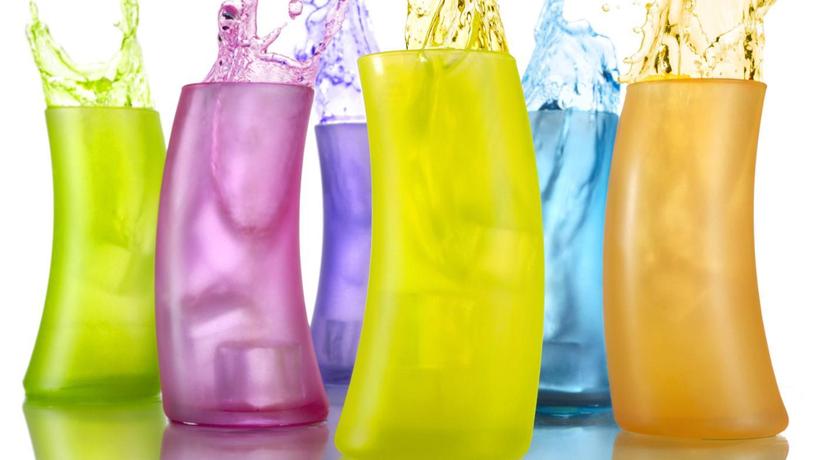
1.1 Effectiveness Versus Cost
- Liquid lead tests employing UV-reactive chemicals do detect lead effectively.
- These tests are often priced higher compared to traditional lead test swabs.
- Lead test swabs, which work via color changes on reaction, offer cheaper alternatives.
The test’s effectiveness is generally accepted; however, its high cost raises questions about cost-benefit for typical consumer use.
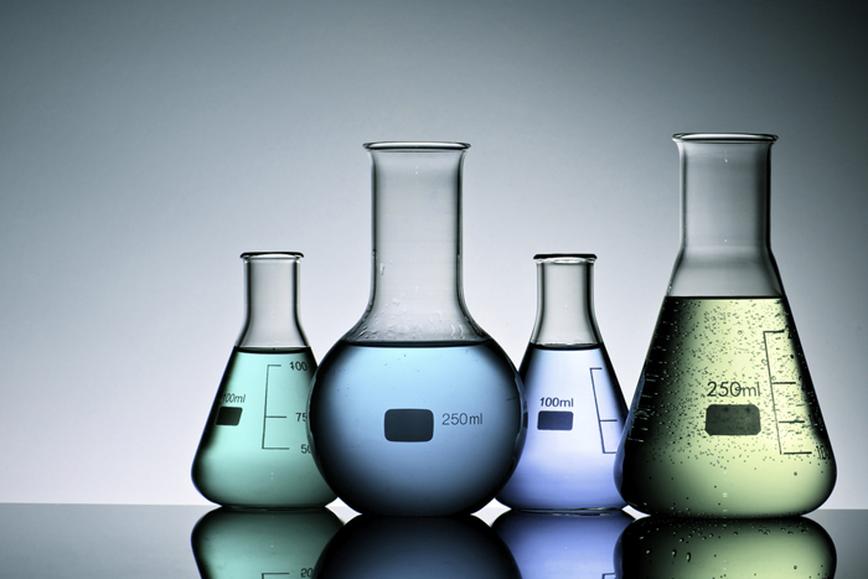
1.2 Industry and Scientific Discourse
Despite chemistry being fundamental to these tests, many online discussions neglect detailed scientific explanation. This gap leads to misconceptions and skepticism.
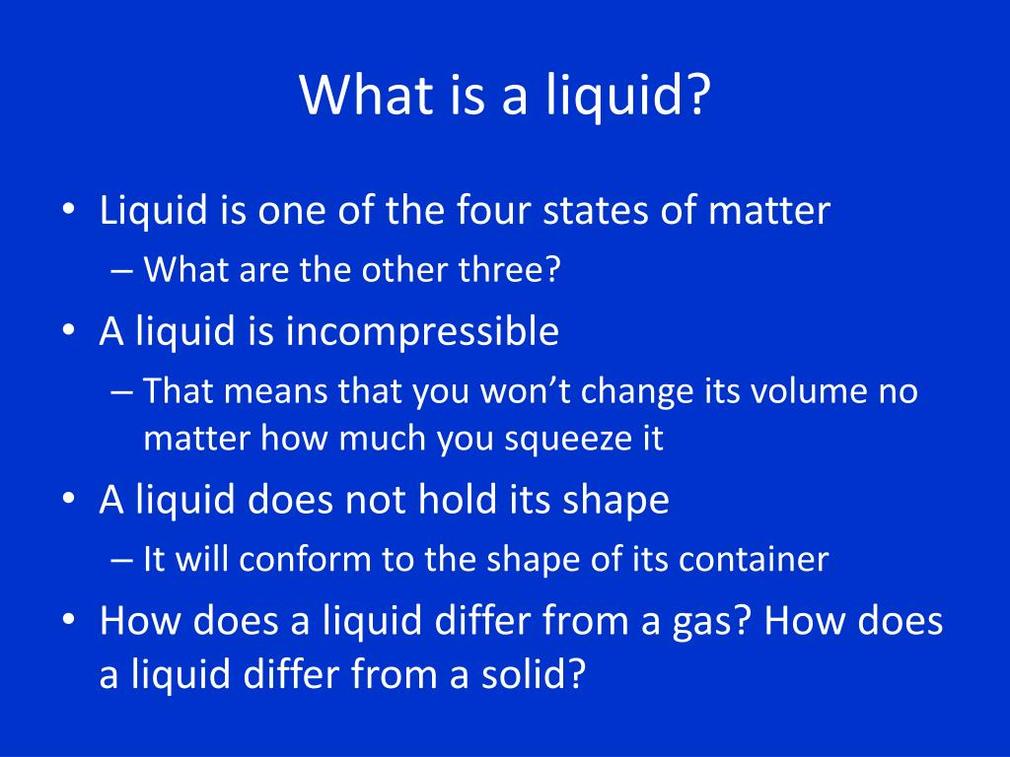
2. Chemical Composition and Testing Principles
2.1 Composition of UV Lead Tests
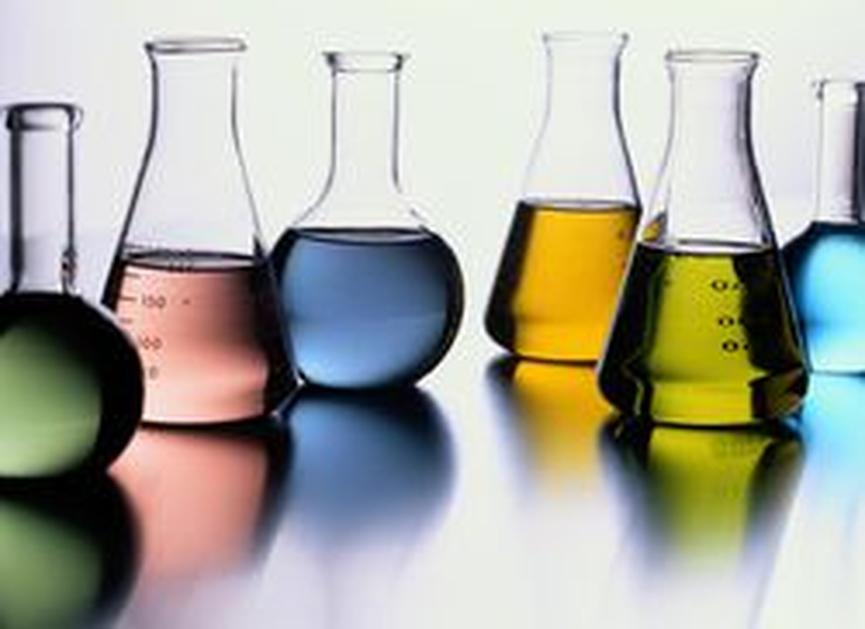
The liquid lead test contains methylammonium bromide dissolved in 99% isopropyl alcohol. This solution reacts with lead ions to produce a fluorescent compound under UV light. The isopropyl alcohol serves as a solvent but also introduces flammability and ventilation requirements.
The test solution is corrosive but considered non-toxic, underscoring the need for careful handling without posing significant health risks.
2.2 Corroboration with XRF (X-ray Fluorescence) Analysis
XRF analysis is a professional, non-destructive method used to confirm the presence of lead. Some users and researchers have suggested comparative studies between liquid lead tests and XRF results to validate test accuracy.
XRF remains the gold standard for precise quantification, while the liquid lead test offers qualitative presence detection.
2.3 Peer-Reviewed Validation
A peer-reviewed study demonstrates that fluorescent liquid exposed to UV light can effectively reveal lead presence, supporting the scientific basis for such testing. This enhances credibility over unverified social media claims or anecdotal opinions.
3. Accuracy, Limitations, and Interpretation
3.1 False Positives and False Negatives in Lead Testing
- Other testing chemicals like rhodizinate exhibit notable false positive and negative rates.
- The UV fluorescent test appears to provide reliable detection with fewer inaccuracies.
3.2 Skepticism and Possible Confounding Factors
Skepticism arises from observations where certain objects fluoresce due to design features unrelated to lead content. For example:
- Some plastics or decals glow under UV light without containing lead.
- Lead may not be located on surface painted or decorated areas but embedded elsewhere.
- The test may react with binders or other materials causing misleading fluorescence.
3.3 Lead Content and Safety Considerations
Detecting lead does not automatically equate to danger. For instance, crystal glassware contains approximately 24% lead yet is regarded as safe under typical use conditions.
The presence of lead requires contextual interpretation, including concentration, exposure likelihood, and chemical form.
4. Personal Experience and Reviews from Users
4.1 Positive Reports on Test Accuracy
Users who tested confirmed lead items such as bullets, rifle barrels, and fishing sinkers report consistent positive results. They also reported no false positives on known lead-free objects.
This reliability in field use strengthens claims of functional accuracy.
4.2 Criticism of Social Media Claims
Some information found on social platforms, such as those promoted by media personalities, tends to sensationalize or misinterpret test results. This has sowed confusion over the test’s reliability and meaning.
5. Addressing Claims of Fraudulence and Recommendations
5.1 Claims That UV Liquid Tests Are Fake
The assertion that UV liquid lead tests are fake is partly based on the observation that many things fluoresce under UV light. However, fluorescence alone is not proof of lead presence but is correlated with the chemical reaction triggered by lead ions.
Not all glowing objects indicate lead, and misinterpretation can lead to false alarms.
5.2 Professional Testing as Gold Standard
For rigorous confirmation of lead presence, hiring trained experts with certified methods like XRF or atomic absorption spectroscopy is advisable.
Consumers should regard liquid lead tests as a preliminary screening tool rather than definitive evidence.
5.3 Authentic Versus Fake Lead Test Kits
Some cheap lead test kits, notably certain Chinese-made swabs, produce consistent false positives across multiple metals and cannot be trusted.
Brands like Fluorospec, Lumetallix, and Scitus produce genuine UV liquid lead tests which offer reliable, cost-effective home testing options.
6. Practical Concerns and Final Notes
6.1 Environmental and Disposal Issues
The discovery of lead contamination in household items raises questions about safe disposal. Lead is a toxic heavy metal, and improper disposal can cause environmental harm.
Consumers must consult local hazardous waste protocols when discarding lead-containing products.
6.2 Encouragement to Verify Scientific Sources
The complexity of lead chemistry and detection techniques makes it important for users to seek primary research and validated data rather than relying solely on social media or informal reviews.
Summary of Key Takeaways
- Liquid lead tests using UV fluorescence chemically detect lead effectively via methylammonium bromide in isopropyl alcohol.
- The method is validated by peer-reviewed studies but should be used as a screening tool, not definitive evidence.
- Test cost is high relative to classic swabs, though some kit brands offer genuine, reliable testing.
- False positives can occur due to materials fluorescing without lead; thorough interpretation requires expertise.
- Lead presence does not necessarily indicate danger; context and concentration matter.
- Professional testing, like XRF analysis, remains the gold standard for accurate lead detection.
- Proper disposal of lead-containing items is vital to prevent environmental contamination.
- Users should consult peer-reviewed research and reputable sources to understand testing science fully.
Liquid Lead Test or Fake: Separating Hype from Reality
Is the liquid lead test a reliable solution or just another clever marketing gimmick? The short answer is: Yes, it WORKS, but beware—it’s often outrageously overpriced compared to cheaper, effective alternatives. Before you splash your cash, let’s dive deep into what’s really behind these “liquid lead tests” and figure out if you’re getting the real deal or just a glowing bottle of wishful thinking.
When people first hear of chemical tests that reveal lead’s sneaky presence, excitement kicks in. After all, lead lurks in places you’d least expect—old paint, some ceramics, even certain crystal items. But the big mystery is: how credible are these liquid tests marketed to everyday folks?
What’s Inside That Little Bottle? Chemistry 101
The liquid in these UV lead tests hides a surprising chemical cocktail. It’s primarily methylammonium bromide dissolved in 99% isopropyl alcohol. Now, isopropyl alcohol? No, it’s not some mystical potion—it’s the stuff in your medicine cabinet’s disinfectant. The mix is corrosive but not toxic, so it’s not going to poison you, but it does come with safety warnings about ventilation and flammability.
Does that sound scientific? Absolutely. But oddly, many heated online debates skip these facts. Chemistry fans, where you at? Instead, we get plenty of opinions, very few hard facts.
Is It Science-Backed or Snake Oil? Peer-Reviewed Data Speaks
Surprisingly, fluorescent liquid under UV light is actually validated by peer-reviewed research. According to a study published on the NIH website, this method is effective in detecting lead presence. That’s a big deal for anyone worried about safety.
Still, the best way to nail down accuracy is cross-checking results with professional-grade equipment like XRF (X-ray fluorescence) analyzers. These can tell you precisely how much lead is sitting in your old rifle barrel or ceramic mug.
But Wait—Not All Glowing Means Lead!
If you’ve seen videos where random objects glow under UV light, and the creator screams “Lead!!” — pause and think. The truth is trickier. Some test skeptics point out that many materials glow simply because their plastic decals or non-glaze surfaces fluoresce.
For instance, testing glass or ceramics often picks up on plastic or inks—not lead.
Even the notorious “rhodizinate test” is known to throw false positives and negatives. In comparison, these UV liquid tests seem more accurate but aren’t foolproof. They’ll tell you presence, but not the exact danger level.
Lead Detected ≠ Danger Always
Here’s a plot twist: some crystals contain over 24% lead yet are deemed safe. So, a “positive” test doesn’t necessarily mean the item is harmful in everyday use. The test detects lead presence, but safety depends on exposure and lead form.
Real Talk: Personal Experiences
On one side of the fence, enthusiasts happily report great accuracy. One tester confirms that spraying known lead items—bullets, rifle barrels, fishing sinkers—always triggers positive results. Plus, they claim zero false positives on lead-free stuff. That earns credibility.
On the other hand, cynics warn of rampant misinformation, especially from social media gurus like “FluoroSpec guy,” who might overstate the sensitivity or specificity. The takeaway? Just because something glows doesn’t always mean lead. Pay attention.
Beware of Fakes and Cheap Knockoffs
A big problem in the market: subpar Chinese test kits that flash positive on all sorts of metals, not just lead. These are “fake” and do nothing but drain your wallet.
However, brands like Fluorospec, Lumetallix, and Scitus get thumbs-up for being “real” tests—effective and affordable ways to check lead presence at home.
The Bottom Line on Cost and Usefulness
Yes, the liquid lead test works, but don’t expect miracles. It’s useful as a quick screen, especially compared to pricier lab methods. Just remember:
- It’s pricier than simple lead test swabs you can buy.
- The test detects lead presence but can’t determine safety levels.
- Some materials may produce false positives due to other fluorescent compounds.
For genuine concerns, hire professionals with XRF devices or lab tests to get a deeper analysis. If you want a simple home test, these liquid UV tests work but take results with a light grain of salt (and a well-ventilated area).
What to Do With ‘Lead Found’ Items?
Found a lead mug that glows ominously under UV? Great—now what? Disposal becomes tricky since lead is hazardous waste. Avoid tossing in trash; contact your local waste management for guidelines on proper disposal or recycling.
Final Nudge: Look at the Science Yourself
The internet buzz is loud, but the science papers are quieter and more nuanced. Don’t just trust viral videos or cutesy product ads. If you’re curious, check the peer-reviewed research and official safety sources linked above. Science is your best friend here.
So, when you ask, “Liquid lead test or fake?”—the answer isn’t black or white. It’s a powerful tool sandwiched between cost, accuracy, and user know-how. Be smart. Test wisely. And maybe don’t panic just because your cup glows under a purple flashlight.
What chemicals are used in liquid lead test kits with UV light?
They use methylammonium bromide dissolved in 99% isopropyl alcohol. The solution is corrosive but not toxic, and alcohol explains the flammability warnings.
Are liquid lead tests under UV light reliable for detecting lead?
The test shows good accuracy on confirmed lead items like bullets and fishing sinkers. However, some glow may come from non-lead materials like plastic decals, causing false positives.
Can a positive liquid lead test confirm a product is unsafe?
No. Many safe products, like lead crystal with 24% lead, test positive but pose little health risk. The test doesn’t measure danger, just presence of lead.
How do liquid lead tests compare to other lead detection methods?
Compared to rhodizinate tests that give many false positives and negatives, liquid UV tests are more accurate. Still, professional XRF analysis is ideal for confirmation.
Are all liquid lead test kits on the market genuine and accurate?
No. Some cheap Chinese swab kits test falsely positive for many metals. Trusted brands like Fluorospec, Lumetallix, and Scitus are more reliable for home lead testing.


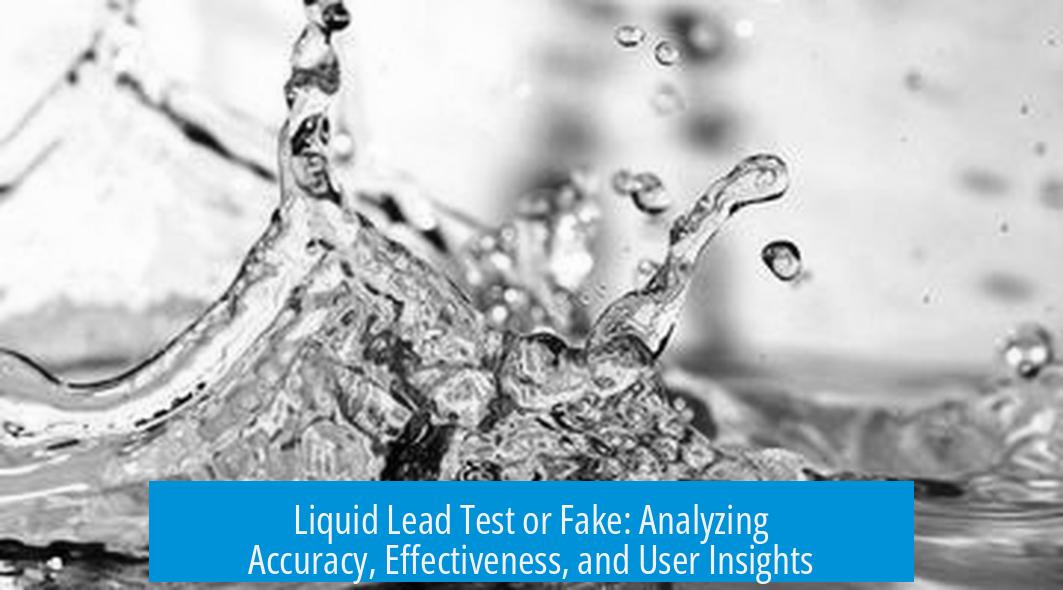
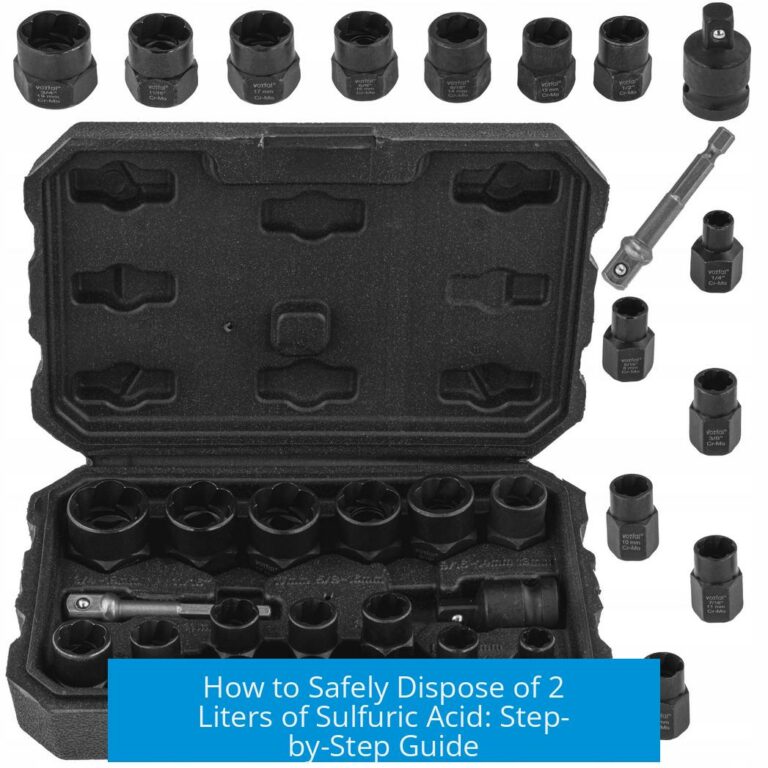
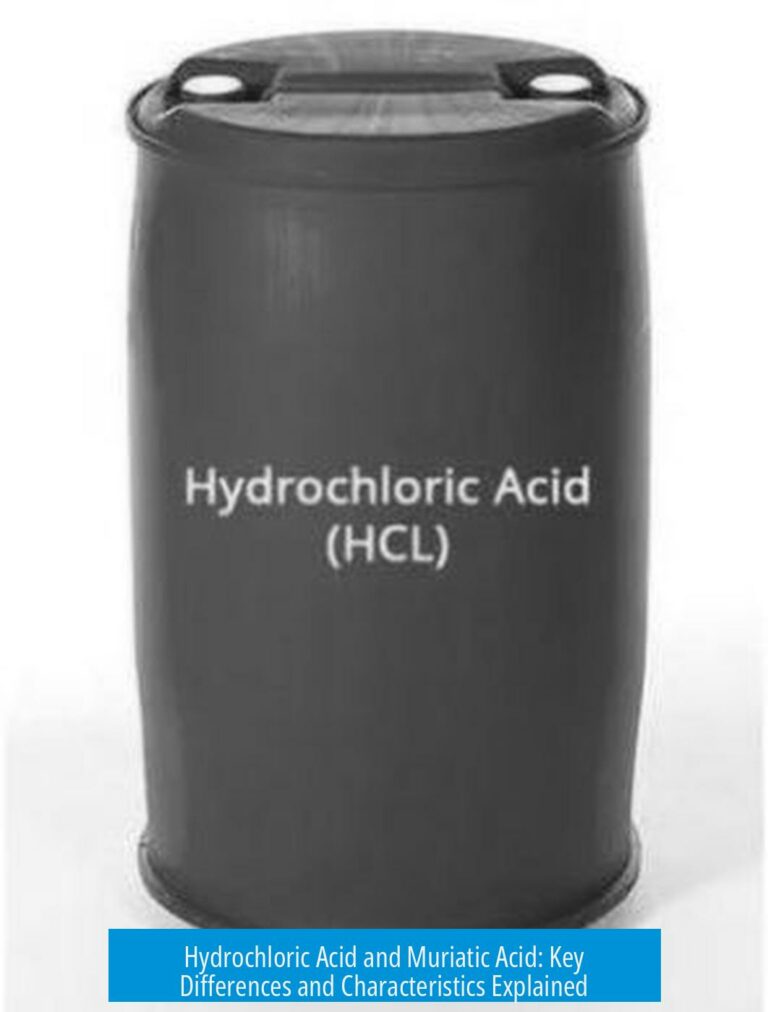
Leave a Comment